Breast cancer remains a significant societal, clinical and scientific challenge. It is very crucial to understand the epidemiology, epi/genetics, molecular pathology, cell and protein biology and the influence of hormones on its development and progression. Breast cancer remains the leading cancer in Indian women and worldwide hence raising awareness for risk factors and early detection is critical to increase the quantity and quality of life.
/0 Comments/in Blog/by adminLymphomas are cancers that develop in the lymphatic system. Typical symptoms start with fever, swelling of some lymph nodes, weight loss, tiredness. The affected lymph nodes could be in the neck, armpit, groin, tonsils, stomach, small intestine. Once a cancer begins in one part of the lymphatic system, it can spread rapidly to other lymph nodes so early diagnosis is important. Diagnosis is done by PET or CT scan and/or biopsy, as suggested by a doctor. The incidence of lymphomas is ~5-7% among all childhood cancers. It is 2-3 time more common in boys than in girls. In India, lymphoma was reported to be the 2nd most common cancer in young boys.
/0 Comments/in Blog/by adminKidney cancer rarely affects children. The most common one is Wilms’ tumor, also called nephroblastoma, that accounts for up to 95% of childhood kidney cancers, with most children being below the age of 5 years. It is a fast growing tumor that can spread (metastasize). It is usually treated by surgery, followed by radiation and chemotherapy. Commonly used chemo drugs are doxorubicin, vincristine and actinomycin D. Overall survival rates tend to be high (>90%), with favourable histopathology diagnosis and timely treatment.
/0 Comments/in Blog/by admin4 Hyderabad startups clinch top honours at the TiE Women – Regional Finals
/0 Comments/in Blog/by adminSeptember is Childhood Cancer Awareness Month. 30,000 children in India and 10 times that number worldwide develop cancer every year. There is a lack of awareness and timely diagnosis to treat them. Sapien will be sharing the Indian cancer data it has throughout September, starting with colorectal cancer.
/0 Comments/in Blog/by adminSree Voleti of BioNest and UoH in a wide-ranging frank monsoon chat with Jugnu on why she chose to return to India, why an entrepreneur, why Sapien, why Apollo, why Hyderabad …. on the road less travelled
/0 Comments/in Blog/by adminWhatever your future psoriasis research needs – An image study, AI, Digital pathology, data analysis, biomarker analysis, drugs screening – we are here to help you
/0 Comments/in Blog/by admin
- Despite relatively high prevalence of psoriasis at 0.4 to 2.8 % in the Indian population and availability of many treatment options, India is behind in psoriasis disease management1.
- Research done on specific ethnic backgrounds and data from one population is not a global solution. Hence it has been recommended by WHO’s global report on Psoriasis, that Psoriasis research should focus on specific ethnicity and therapeutics that are unique to a specific population 2.
- There is an increasing demand for crucial studies addressing definitive curative therapies.
Hence, well-conducted research specific to Indian population considering the differences in genetic makeup, environmental influences and health care costs could go a long way in improving the healthcare services for the psoriasis patients 3.
- Thappa DM, Munisamy M. Research on psoriasis in India: Where do we stand? Indian J Med Res. 2017;146(2):147-149. doi: 10.4103/ijmr.IJMR_1296_17
- https://apps.who.int/iris/bitstream/handle/10665/204417/9789241565189_eng.pdf.psoriasis;jsessionid=54912784D28C9F36ECCD45471AC5775B?sequence=1
- Dogra S, Mahajan R. Psoriasis: Epidemiology, clinical features, co-morbidities, and clinical scoring. Indian Dermatol Online J. 2016; 7:471–80
Sapien will be able to provide – Just what you need for your Psoriasis study
/0 Comments/in Blog/by adminSapien provides tailor-made biosample services adhering to IRB/IEC approved specimen collection protocols, and patient informed consent forms, and coding patient information to protect privacy.
- Sample types available – Blood, tissue punch samples, other biofluids.
- Ideal patient and sample requirements – Treated or treatment naïve, type of psoriasis, collection tubes/anticoagulant, processing e.g., blood to serum or plasma, PBMCs or DNA, quantity, molecular cellular IHC assays, H&E images
- Clinical Annotation – The exact type of data needed that you need – Demographic, lifestyle, diagnostic etc.
- Storage requirements – Specimen can be stored as per your protocol or shipped as per your instructions.
Locate Us
Sapien Biosciences,
1st Floor, AIMSR Building,
Apollo Health City,
Jubilee Hills,
Hyderabad 500 096
Phone:
+91-99859 25652
+91-73863 01984
Email:
info@sapienbio.com
queries@sapienbio.com
Recent Posts
- Assessment of DLL3 and CD3 Expression in Pediatric Tumor FFPE Samples for Potential DLL3-Targeted Immunotherapy
- The landscape of actionable genomic alterations in lung adenocarcinomas in India
- Timeline of Precision Medicine in Breast cancer
- Diagnostic methods for breast cancer used in India
- Only a small minority of Breast Cancer Cases are currently Early Stage and Early Grade
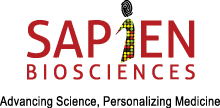
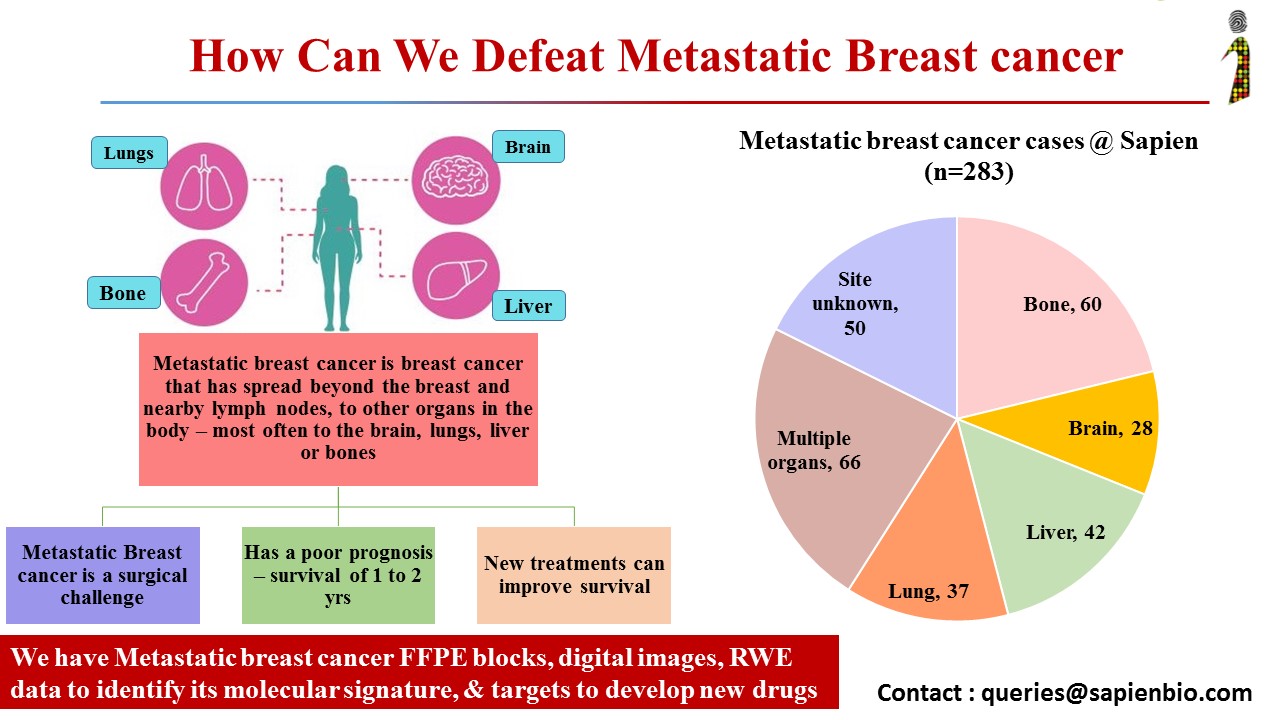
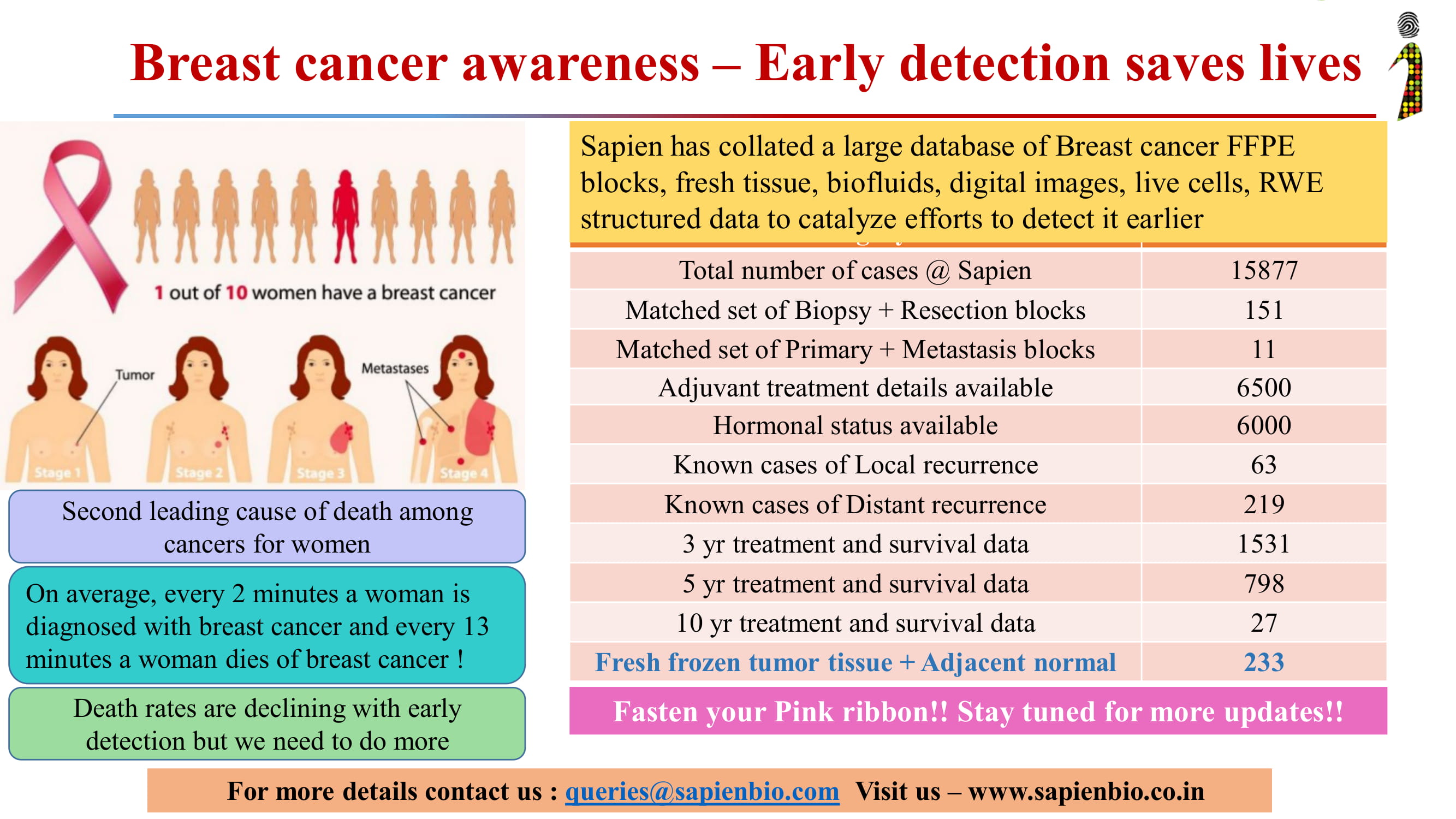
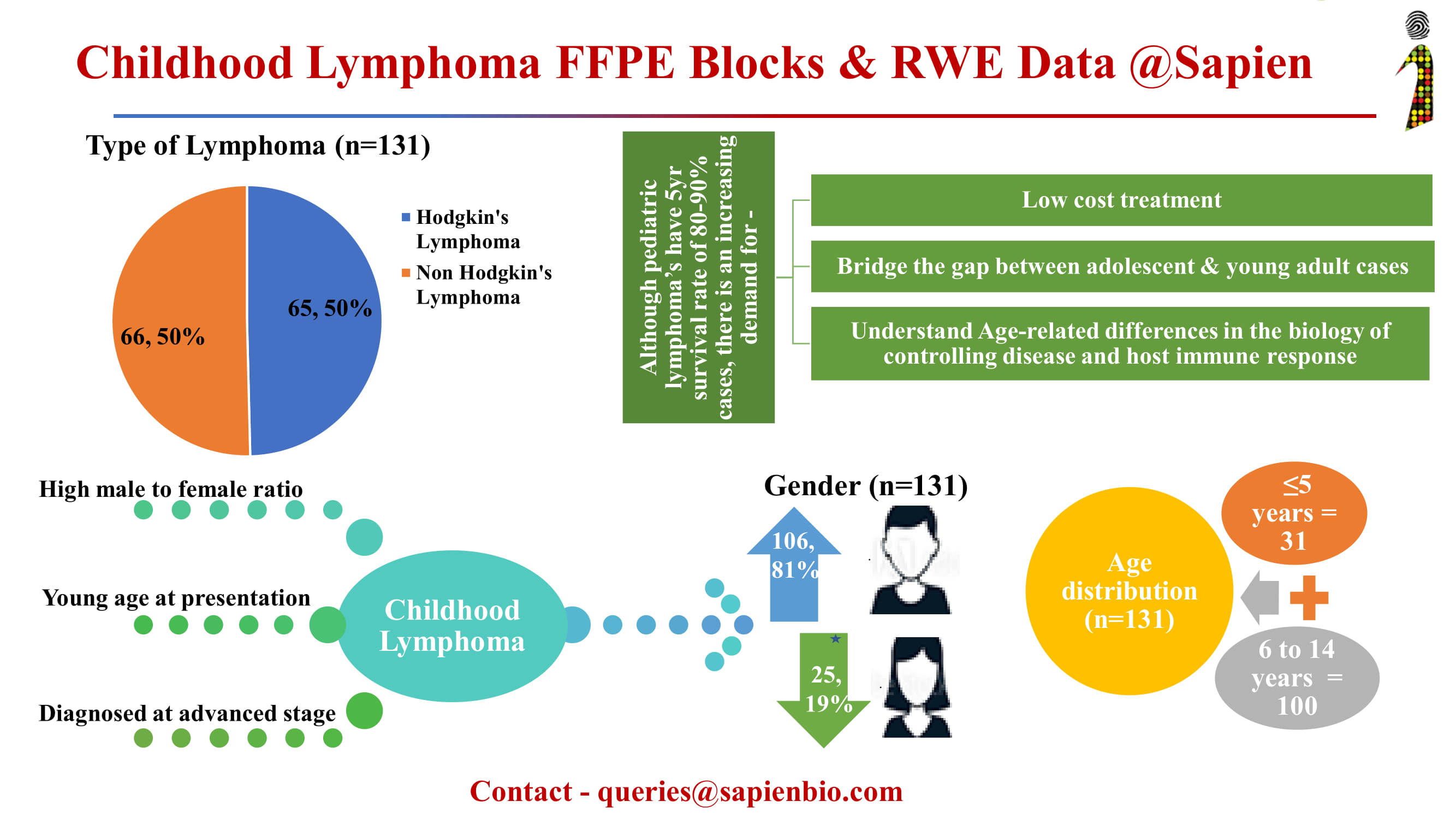
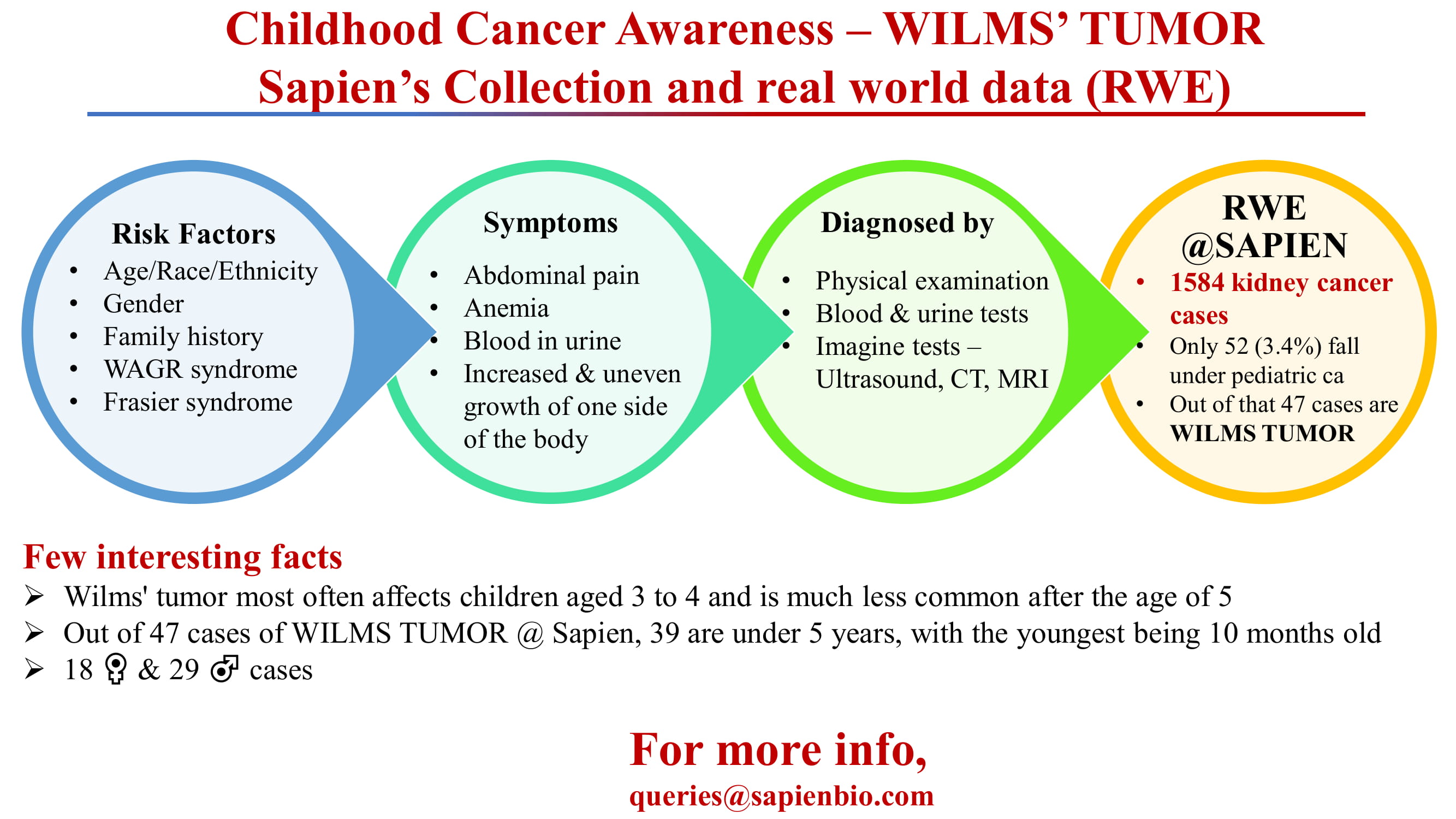
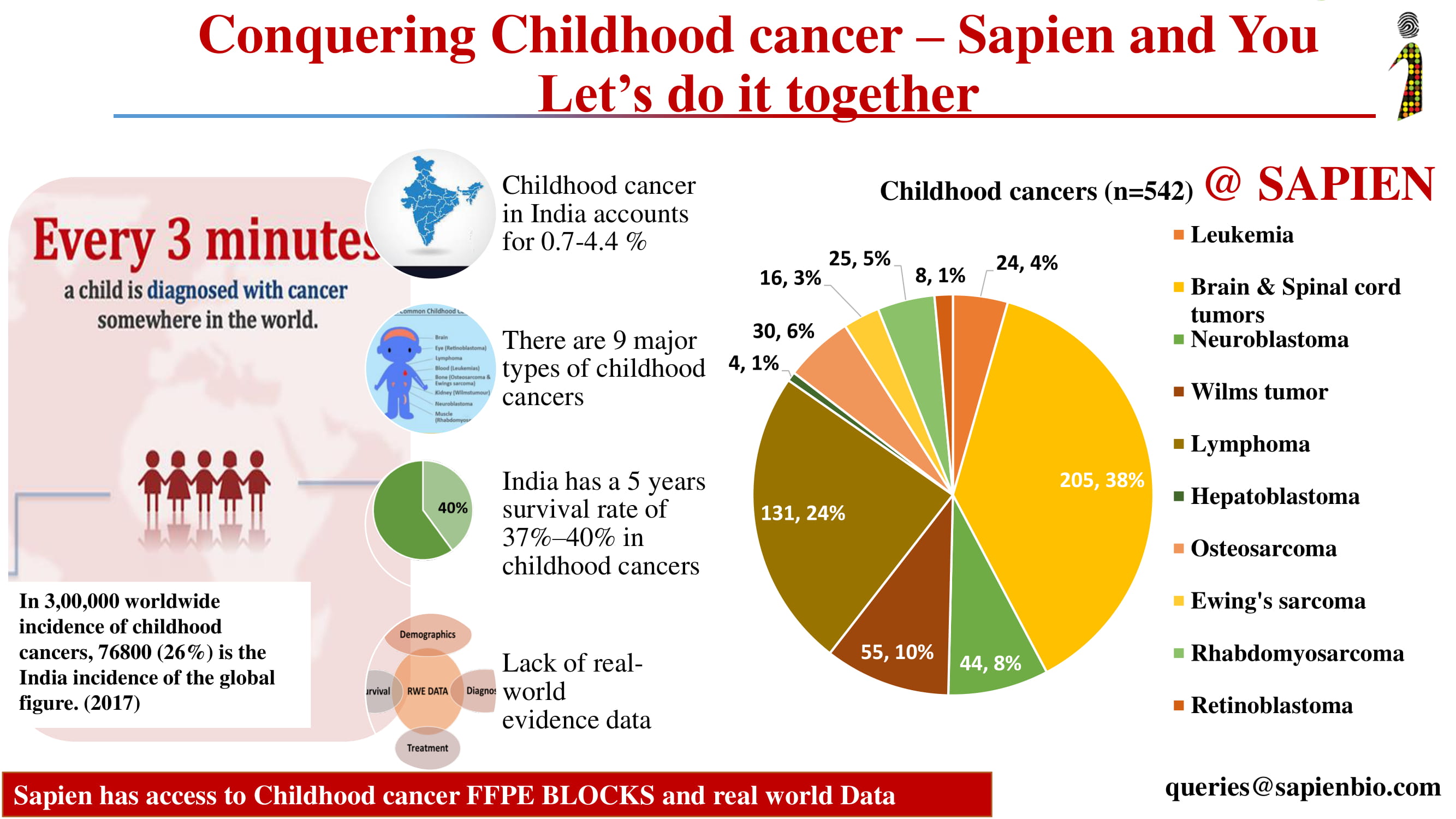
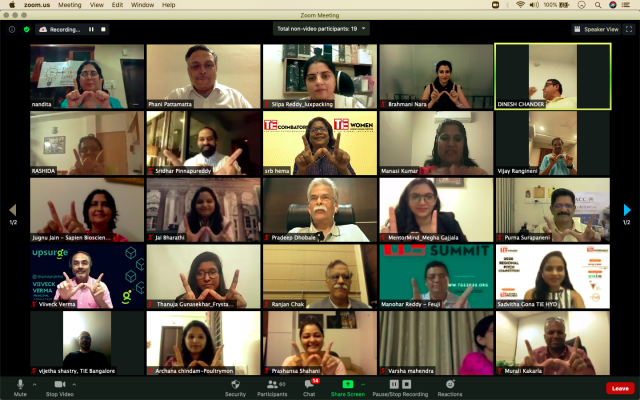
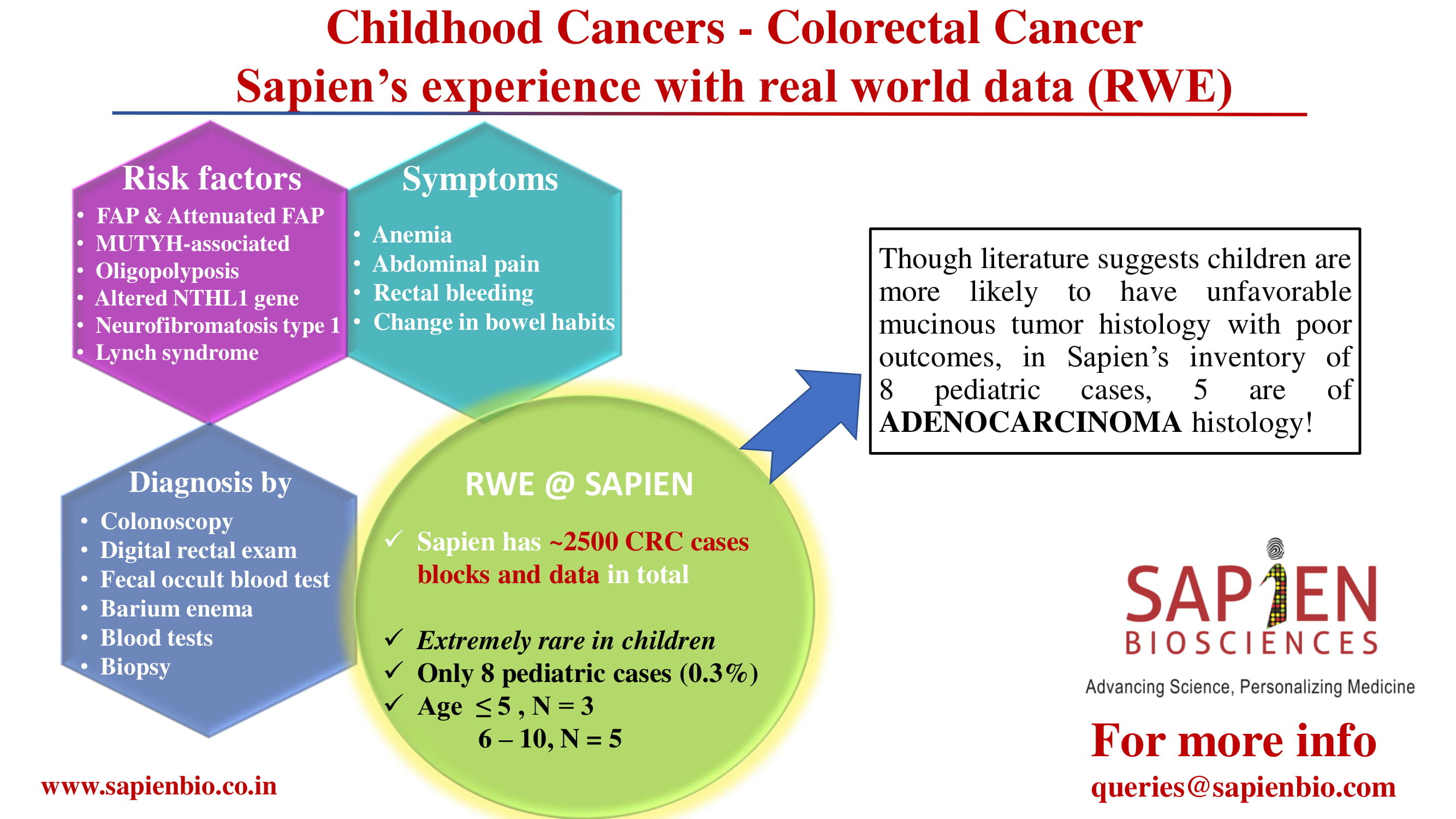
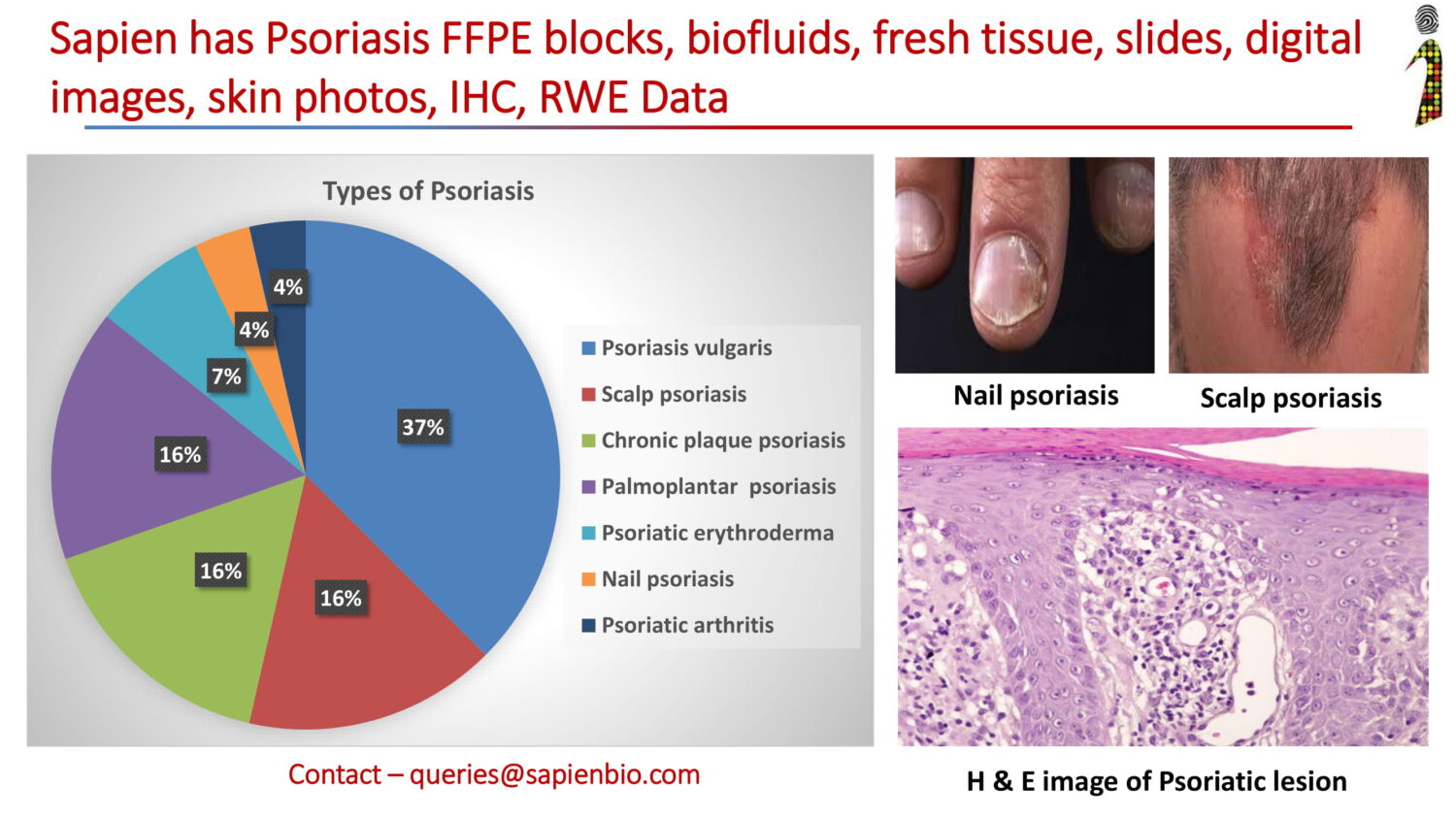
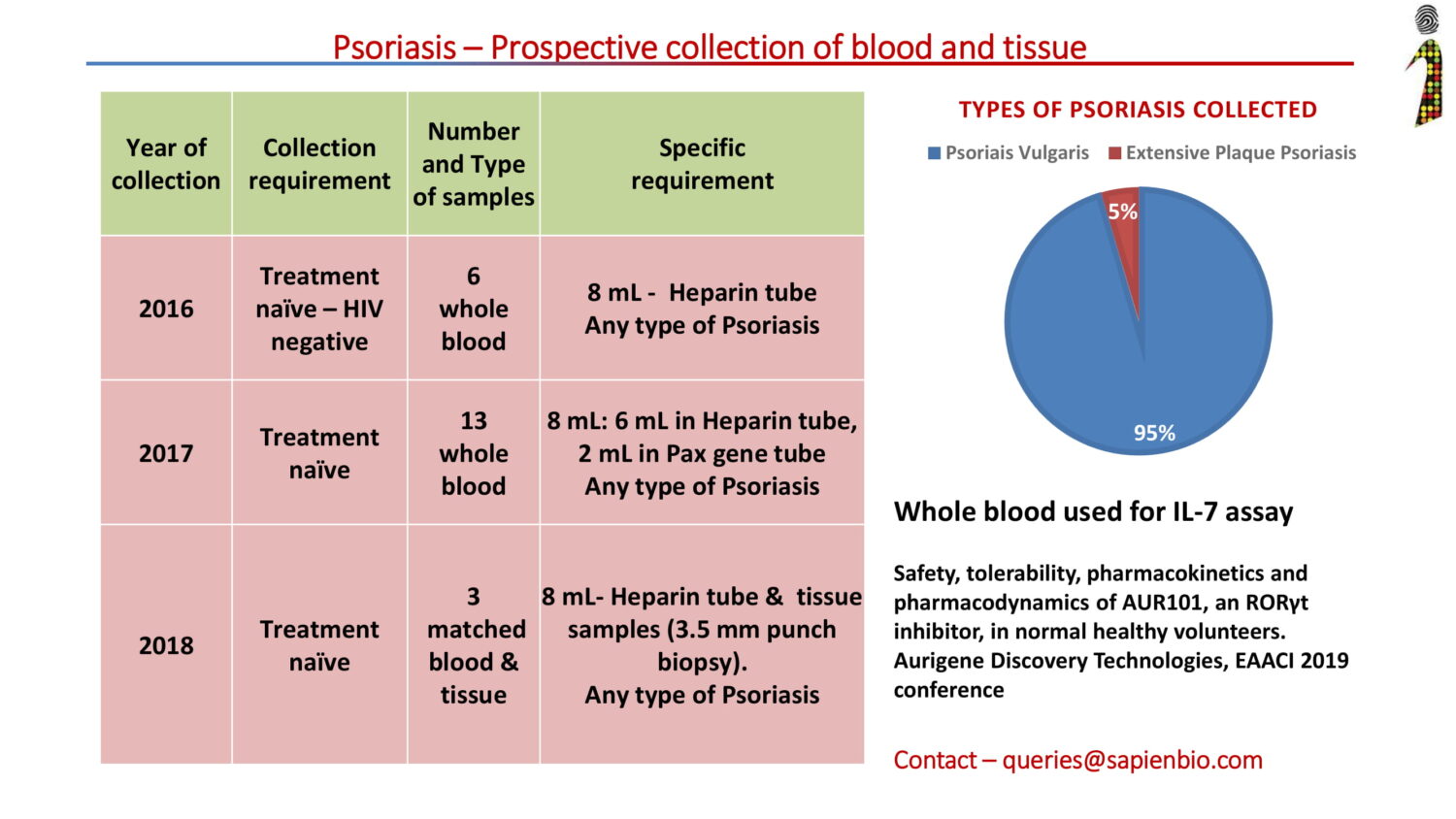
Recent Comments